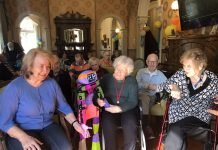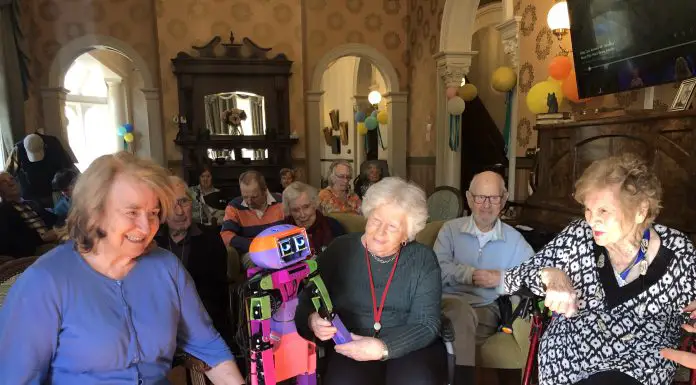The Aged Care Guild has called for response centres to be created in all COVID-19-impacted states to get ahead of potential outbreaks.
Following the establishment of the Victorian Aged Care Response Centre last week to coordinate medical care, workforce supply and logistics across the sector, the peak body wants the integrated teams to be implemented in New South Wales and Queensland.
Aged Care Guild acting chief executive officer Nicholas Brown said authorities had to act proactively to provide the best possible care.
“A real success we have seen out of Victoria is the establishment of the [response centre],” he told Inside Ageing.
“Frankly we need one of those in every state and territory right now to start learning from Victoria, to start having the logistics and processes in place so if we have significant outbreaks in the community – like we’re starting to see in NSW – we’re ready to respond.
“We need to get ahead of this. Quite often what we’re seeing is measures that are reacting to outcomes.”

The Victorian response centre brought together more than 50 staff and experts from the Australian Government, the Victorian Government, Australian Border Force, Australian Defence Force, the Aged Care and Quality Commission, and hospitals and health services.
In a week it sent face shields and masks to 767 facilities and send out to highly specialised AUSMAT teams to high-risk centres.
The centre’s executive officer Joe Buffone acknowledged the complex and unprecedented situation.
“There will continue to be significant challenges, no more so than for aged care workers and aged care residents and their families,” he said in a statement.
On Friday Prime Minister Scott Morrison said the states were mobilising for outbreaks, with preparedness plans being rolled out.
“I think states and territories are very mindful of this and keen to adapt and apply the lessons that have been picked up in Victoria,” he said.
“I’d stress the Aged Care Response Centre is critical to that. It’s actually emergency-management led.
“Through the pandemic I think a key lesson that we’ve all learnt is it’s not just about health. There is a health response, but there is a broader response.
“When you have emergency management, you’re thinking about communications with the local community. You’re talking about supplies and logistics. You’re talking about a whole range of other needs that might pop up.”
The Aged Care Guild’s Mr Brown also called for continued Australian Government financial support for the sector past its current September end date, including funding to allow the restriction of staff to one site across the eastern seaboard.
The one worker-one site principle is currently in force in the worst-affected zones of Melbourne and the Mitchell Shire, but not funded for the rest of Victoria or other states.
In Queensland, the Chief Medical Officer has called for the principle to be followed.
Mr Brown said aged care staff and family members were part of the community and “we should not be surprised” when facilities were susceptive to community transmission.
“We need to have mechanisms in place to minimise that risk and that expansion of the one worker-one site is a significant player in that,” he said.
He pointed to a National Bureau of Economic Research paper from the United States, Nursing Home Staff Networks and COVID-19, that found reducing staff linkages across different centres could cut cases up to 44 per cent.
It used geolocation from 30 million smartphones and found overlapping use of the same phone in 7 per cent of care homes.
The Aged Care Guild represents private providers including Aegis, BlueCross, Japara and Regis Aged Care, which care for more than 30,000 Australian seniors and employ more than 40,000 workers.
To date there have been 1263 cases of COVID-19 in aged care homes. There have been 203 fatalities in residential care and seven deaths in in-home care.










